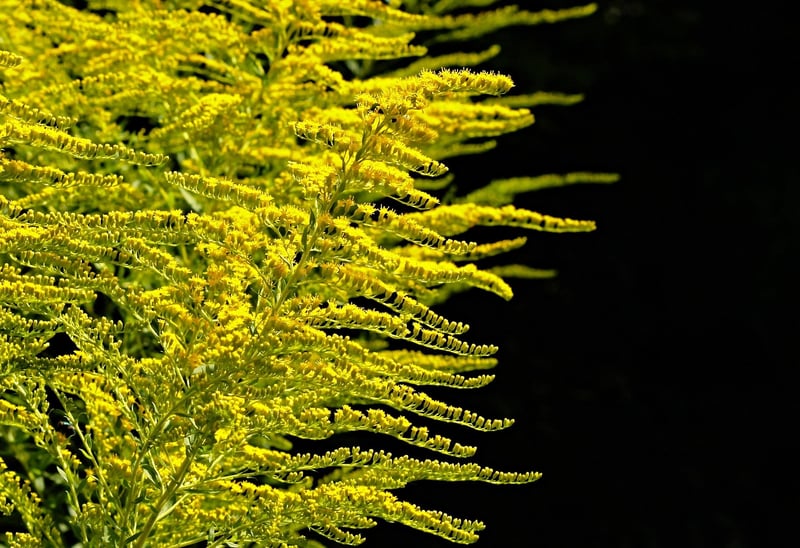Bee-friendly Plants

Creating Spaces for Pollinators and Bee-friendly Plants
Welcome to our guide on creating a welcoming environment for pollinators, especially bees, in your garden or outdoor space. By incorporating bee-friendly plants, you can not only beautify your surroundings but also help support these vital pollinators that play a crucial role in our ecosystem.
The Importance of Pollinators
Pollinators, such as bees, butterflies, and hummingbirds, are essential for the reproduction of many flowering plants. Bees, in particular, are responsible for pollinating a large percentage of the world's food crops, making them indispensable for global food production.
Creating a Bee-friendly Garden
To attract bees to your garden, consider planting a variety of flowers that provide them with nectar and pollen. Opt for native plants whenever possible, as they are well-suited to the local climate and soil conditions.
Top Bee-friendly Plants
- Sunflowers - Bees are drawn to the bright yellow flowers of sunflowers, which provide ample nectar.
- Lavender - Known for its fragrant purple blooms, lavender is a favorite of bees and other pollinators.
- Purple Coneflower - This native plant produces vibrant purple flowers that attract bees throughout the summer.
- Salvia - Bees love the tubular flowers of salvias, which come in a variety of colors.
- Borage - The star-shaped blue flowers of borage are rich in nectar and popular with bees.
Tips for a Bee-friendly Garden
- Plant flowers in clusters to make them more visible to bees.
- Avoid using pesticides and herbicides that can harm bees and other beneficial insects.
- Provide a water source, such as a shallow dish with pebbles, for bees to drink from.
- Include a variety of flower shapes and colors to attract different bee species.
By following these tips and incorporating bee-friendly plants into your garden, you can create a vibrant and welcoming space for pollinators to thrive. Together, we can make a difference in supporting bee populations and preserving biodiversity.